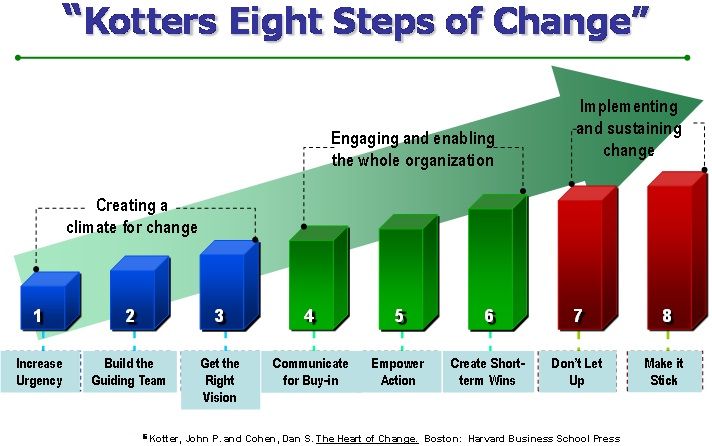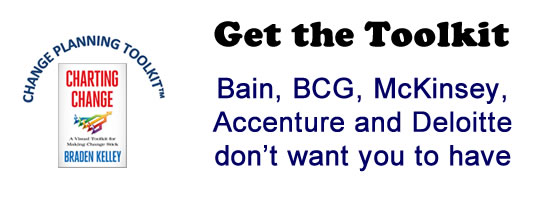Getting to Why

In their classic book on negotiation and persuasion, Fisher and Ury outline the steps to get to yes.
They suggest the following approach:
Separate the people from the problem
The purpose of this step is to recognise that emotions and egos can become entangled with the problem in negotiations, and that this will adversely affect your ability to see the other party’s position clearly. This results in adversarial rather than cooperative interactions. This step involves:
- Clarifying perceptions
- Recognizing and legitimising emotions
- Communicating clearly (c.f. Stephen Covey’s Listen first to understand, then speak to be understood)
Focus on interests, not positions
In this step there is exploration of the true interests underlying the positions of each side, rather than a focus on the superficial positions with which parties come to the table. The initial positions presented may obscure what the parties really want. It is therefore essential to:
- Ask questions to explore interests
- Talk about your own interests
Generate options for mutual gain
In this step time is for parties to set aside time together to generate alternative candidate solutions. The idea is that parties contribute together creatively to generate possibilities for mutual gain i.e. a Win-Win agreement. This step involves:
- Brainstorming
- Broadening options
- Looking for mutual gain
- Making their decision easy
Insist on using objective criteria
The final step is to use mutually agreed and objective criteria for evaluating the candidate solutions. During this stage they encourage openness and surrender to principle not pressure. This step involves:
- Fair standards
- Fair procedures
However, before you even get to that stage of trying to negotiate with people about how and whether to initiate a change initiative, the more important issue is how to get to why. Almost all change strategies follow the basic unfreeze-change-refreeze model. So, to get people to do something other than what they are doing now, you have to create a sense of urgency and give them good reasons why they need to change. like quitting smoking or innovating.
Here are Kotter’s steps in leading change

In his book, “A Sense of Urgency†John Kotter explained that a true sense of urgency is rare; mainly because “it is not the natural state of affairs. It has to be created and recreated.†So the task of leading a team of people in a transformation at any level will often require an ability to create an atmosphere of urgency that can be embraced, and in turn bring about an atmosphere of achievement.
Kotter offered four fundamental tactics to establish a sense of urgency in any environment:
1. Bring the outside in
A “we know best†culture reduces urgency; so help people see external opportunities.
2. Behave with urgency every day
Managers and leaders need to walk the talk and lead by example.
3. Find opportunity in crises
A well leveraged crisis can be a valuable tool to break through complacency.
4. Deal with the NoNos
Other tactics include:
5. Work with people who belong to the GSD club
7. Show, don’t tell, people who are being impacted and suffering the consequences of inaction and the status quo
8. Have the courage to tell truth to authority when and if the time is right
10. Build your power base and lead innovators, don’t manage innovation
For most change initiatives, be they corporate or social, the why should come before the what and the how. Sometimes, though, particularly if you have ever been stuck at an offsite retreat, getting to why can take a very long time.
Image credit: Pinterest
Wait! Before you go…
Choose how you want the latest innovation content delivered to you:
- Daily — RSS Feed — Email — Twitter — Facebook — Linkedin Today
- Weekly — Email Newsletter — Free Magazine — Linkedin Group
 Arlen Meyers, MD, MBA is the President and CEO of the Society of Physician Entrepreneurs at www.sopenet.org and co-editor of Digital Health Entrepreneurship
Arlen Meyers, MD, MBA is the President and CEO of the Society of Physician Entrepreneurs at www.sopenet.org and co-editor of Digital Health Entrepreneurship
NEVER MISS ANOTHER NEWSLETTER!
LATEST BLOGS
Three things you didn’t know about credit cards
Photo by Ales Nesetril on Unsplash Many of us use credit cards regularly. From using them for everyday purchases to…
Read MoreFive CV skills of a business-minded individual
Photo by Scott Graham on Unsplash The skills listed on a CV help employers quickly understand your suitability for a…
Read More


